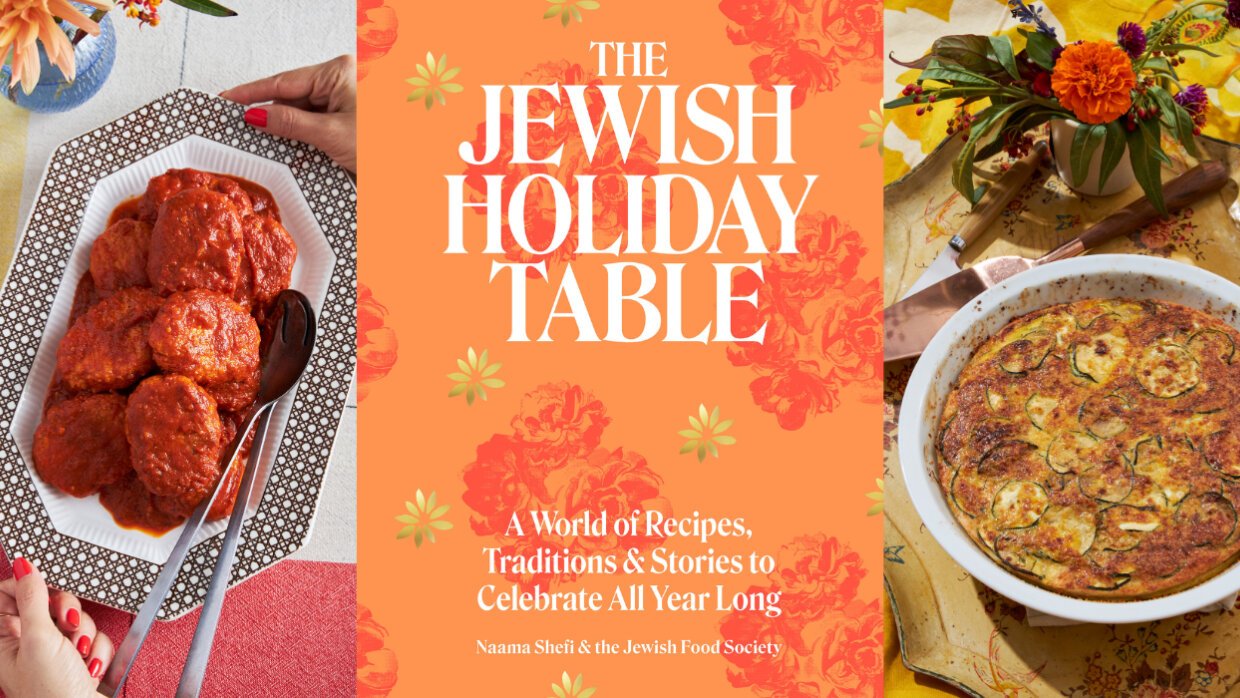Food often plays a central role in Jewish homes. It tells the story of where the family comes from, where they’ve been, who they’ve met, and, of course, brings everyone together at the table. In many Jewish homes, the dining atmosphere changes throughout the year, and here Jewish holiday tableyou can experience the incredible diversity for yourself.
This is not your typical cookbook, where one author details recipes from his or her career. Instead, Naama Shefi and Jewish Culinary AssociationEach cook shares recipes for a unique holiday meal they can create in their own home, and the book introduces readers to all the holidays on the Jewish calendar and all the possibilities those meals entail. As the book points out, for many Jews, food is an integral part of the holidays, and sometimes the only part of the holidays observed. In fact, there is no one right way to eat Rosh Hashanah dinner or any Shabbat meal. Instead, readers are invited to learn about and experience the many traditions that come along at the Jewish holiday table.
For example, for next year’s Passover Seder, you could feature one of the cooks serving a “Mexican-meets-New York” seder and share with readers how her great-grandmother, who emigrated to Mexico from Ukraine, influenced the dishes on your holiday table. Recipes like her “Gefilte Fish in Spicy Tomato Sauce” offer exciting, spicy new twists on Ashkenazi classics and are perfect for anyone looking to recreate beloved dishes at their own dinner table. Try them here!

Unlike a typical cookbook with a typical table of contents, The Jewish Holiday Table takes you chronologically through the Jewish holiday cycle, from Rosh Hashanah to Shavuot, concluding with Shabbat. The layout is beautiful and thoughtful, but the downside is that if you want to find a favorite recipe again, you first have to remember which meal it came from, and then flip through the book to find it. This minor issue aside, the book offers the opportunity to get inspired not just by a single recipe, but by a complete meal.
Dive into Shabbat meals with Naama Shefi. Inspired by her upbringing and life on a kibbutz, she has some great recipes like Zucchini Pashtida, a version of a zucchini casserole. Recipes like these are easy to make and crowd-pleasing, perfect for those cooking for a large family. Try them out here.

One of the really great things about this book is that it explores and introduces readers to Jewish culinary traditions of communities they may not be as familiar with. For example, you can dive into and experience an Ethiopian Sabbath meal, full of emotion and intensity, as this cook’s family continued to preserve traditional recipes throughout their travels. Learn how to make dabo, an Ethiopian bread that can be used in place of challah on Sabbath.

There is so much to learn and discover in The Jewish Holiday Table, a truly wonderful project of the Jewish Culinary Institute that connects Jewish home cooks from all over the world. Whether you’re simply interested in learning more about different Jewish traditions from backgrounds different from your own, or you’re looking to spice up your holiday and Shabbat table with new recipes and meals, you’ll find something special in this book.

